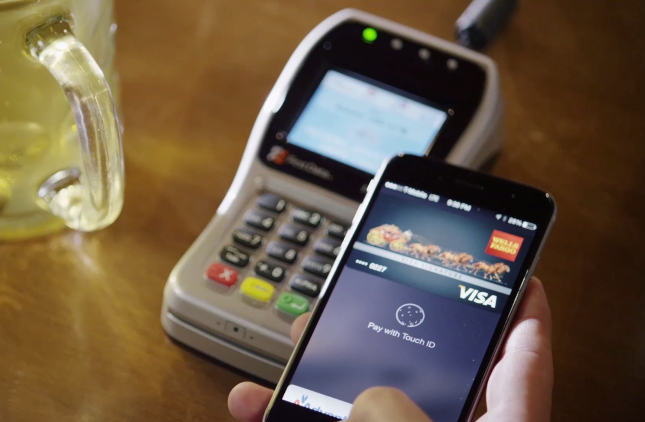
Once the Touch ID payment option is set up, it can be used to make purchases online, in apps, and in some brick-and-mortar stores, using only the fingerprint sensor for verification. The China Daily report did not specify whether or not biometric verification can be used on in-store purchases. Much like PayPal or other mobile payment apps, Alipay also allows users to send and receive money, as well as buy goods and services. The addition of Touch ID should make the process even simpler and easier.
Alibaba stopped just short of declaring full Apple Pay support with the app update. Even though Alipay isn’t an official partner yet, those who’ve downloaded the app can take advantage of Apple Pay’s most popular functions. Alibaba was able to incorporate Touch ID into its wallet app thanks to Apple’s new policy of allowing third-party developers to access Touch ID with their apps. China is notoriously protective of consumer data, but to assuage those worries, Apple says the fingerprint data “is protected and is never accessed by iOS or other apps.”
Although the app update doesn’t represent a full partnership between Alibaba and Apple, it feeds into recent reports that CEO Tim Cook is working hard to bring Apple Pay to China. Cook has also been courting state-sanctioned credit card provider UnionPay, in hopes of getting Apple Pay into China quickly. Alipay is one of the most popular payment apps in China with more than 300 million users, many of whom are iPhone owners.
Editors' Recommendations
- How to use Apple Cash to send and receive money on your iPhone
- Apple is updating one of the oldest apps on your iPhone
- How to remove someone else’s Apple ID from your iPhone
- Belkin just announced one of the coolest iPhone accessories I’ve ever seen
- This $130 iPhone charger is better than Apple’s official one


